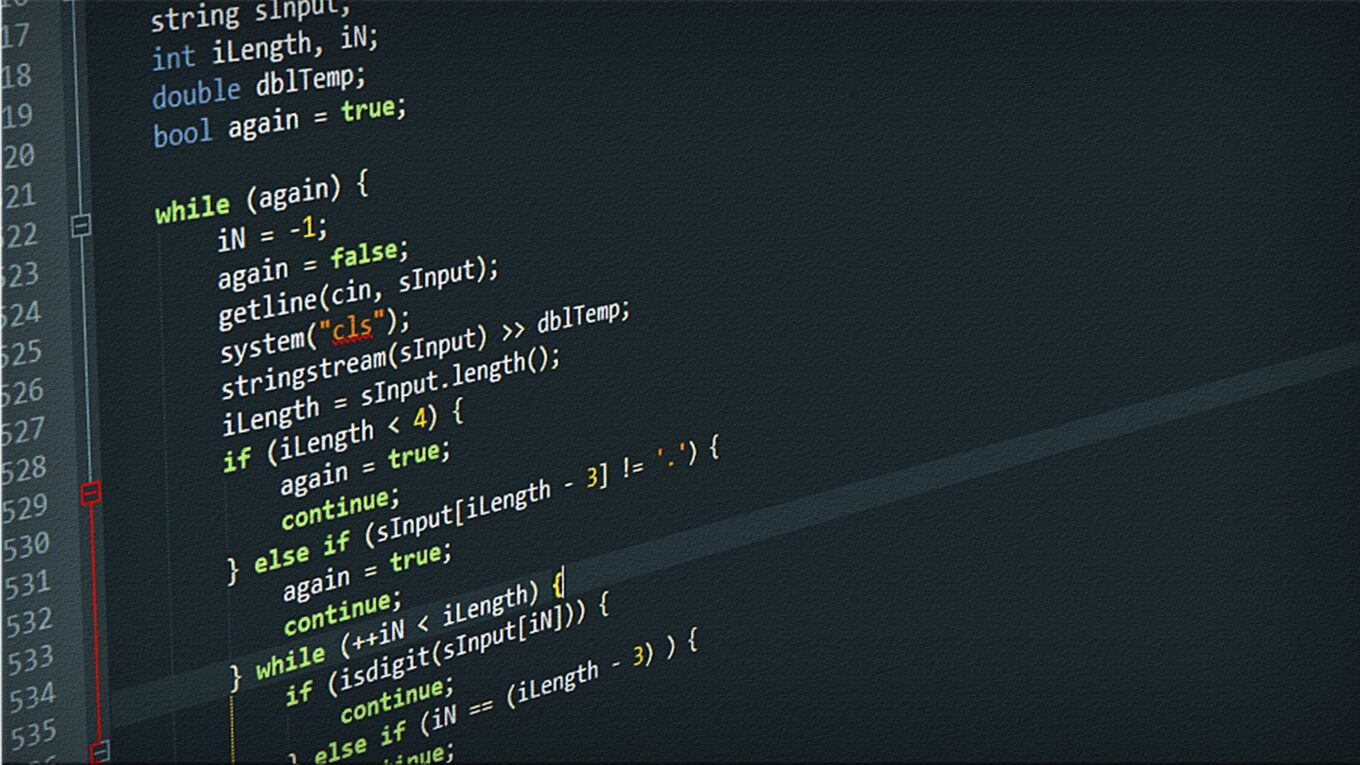Things You Should Know About Software Development Life Cycle
Software Development Life Cycle (SDLC) is a process used by software development teams to plan, design, develop, test, deploy and maintain software applications. It involves breaking down the project into smaller tasks and then managing each task in an organized manner. The life cycle can be iterative or incremental, and there are various models that attempt to capture the different stages of the process.
By understanding and following a structured SDLC, teams can more successfully develop software products that meet users’ needs while reducing time to market and overall costs. This article will discuss what SDLC is, as well as its various models, in more detail.
Let’s dive right in!
1. Introduction to Software Development Life Cycle
When it comes to software development, the Software Development Life Cycle (SDLC) is a process used by developers to create and manage software projects. It typically includes the following steps: planning, analysis, design, implementation & testing, deployment and maintenance.
If you’re not experienced in software development, don’t worry! Many reputable leading global software development companies can handle your project for you. You can find the one that best fits your needs at the Global Software Companies website – they all have a wealth of experience and expertise in the field and can help you out with the entire software development cycle, from start to finish.
It’s important to understand that the SDLC is not a one-size-fits-all approach, and each organization has its own specific methodology for software development.
2. Planning
If you want to create a successful software product, you need to ensure that it meets the needs of the people who will use it. This means having an effective planning process in place.
During the planning stage, you must define the scope and objectives of your project, determine how much time and resources will be allocated to each task, and identify any potential risks or problems that could arise.
Once this is complete, you can move on to the next phase of software development: implementation.
3. Analysis Stage
As the second step of the software development cycle, the analysis stage involves a comprehensive discussion between the client and the development team to gain insight into the client’s needs.
This usually involves breaking down their requirements into smaller tasks and ensuring that everyone is on the same page regarding the project’s scope. During this phase, the development team must consider any new technologies that may be required to create the desired product.
The analysis stage also involves doing market research and competitor analysis to understand what exists in the market and how it can be used to deliver something unique or better than existing solutions. Finally, this phase will involve creating a detailed design document to be used as a blueprint for the rest of the project.
4. Implementation
The implementation stage is when your ideas become a reality. This is where you actually start coding your software and putting it together using programming languages such as Java or C++.
Also Read: How to Hire Java Developers
The goal here is to turn the design into an actual program that meets the customer’s needs. This stage is often a long and complex process that requires a lot of time and effort to ensure everything works correctly.
The implementation phase can also involve testing, documentation, and other quality assurance steps to ensure your software works according to its specifications.
5. Testing Stage
One of the final stages in a software development cycle is testing. This stage involves running a series of tests to check for any bugs or errors in the code, as well as testing functionality and usability. Once all tests have passed, the product can be released to customers.
Testing is an essential step in any software development process, allowing developers to ensure that their product is of the highest standard before launching it. It also provides a valuable feedback loop, as users can report any errors or problems they experience while using the product.
Ultimately, testing helps developers create better software products and ensure customer satisfaction.
6. Deployment Stage
Whether it’s an enterprise-level project or a personal one, the ultimate goal is to deploy the product and make it available to users. Deployment involves extensive testing to ensure that everything works as expected, both in terms of functionality and performance.
Once deployed, further debugging and maintenance may be required on the codebase, depending on how successful it is. Plus, the deployed software may need ongoing upgrades to stay up-to-date with current security and performance standards.
The deployment stage is an important part of the software development cycle as it ensures that the product is ready for public use.
7. Maintenance Stage
The maintenance stage of the software development life cycle involves continually monitoring, upgrading, and patching the product. This is important to ensure it works properly and meets customer requirements, which may shift over time.
Developers must continually monitor the codebase for bugs and other problems that could arise due to changes in technology, user behavior, or external factors such as security vulnerabilities.
They must also be on the lookout for new features or updates from users or customers that need to be implemented. The maintenance stage is crucial for ensuring the longevity and efficiency of the software.
Challenges Associated with SDLC
In the software development life cycle, there is the potential to run into various challenges.
Here are some common ones:
- Communication gap: Developers may have difficulty understanding the customer’s requirements and expectations.
- Poor time management: It takes time to develop quality software, and if deadlines are not managed properly, projects can quickly go off schedule.
- Budget constraints: Software projects often require large financial investments, and keeping within the allotted budget can be challenging.
- Human error: As with any project, mistakes are inevitable, but they can be minimized through careful planning and quality assurance.
- Technology incompatibility: Different software components may not work well together and do not always integrate seamlessly.
- Maintenance and updates: After the initial project is completed, more work must be done to keep software up-to-date with security patches, bug fixes, and new features.
Importance of Knowing About SDLC
It’s extremely important to understand the software development life cycle. Knowing the ins and outs of this cycle can help all stakeholders plan better and create projects with higher chances of success.
Knowing the steps involved in the SDLC also allows for better time management, as you have a roadmap of what needs to be done and when it needs to be completed. This helps reduce delays and any other potential issues that could arise.
On top of that, knowing about the software development life cycle will help you better understand each team member’s different roles and how their work contributes to the project’s overall success.
Good luck!



One thought on “Things You Should Know About Software Development Life Cycle”